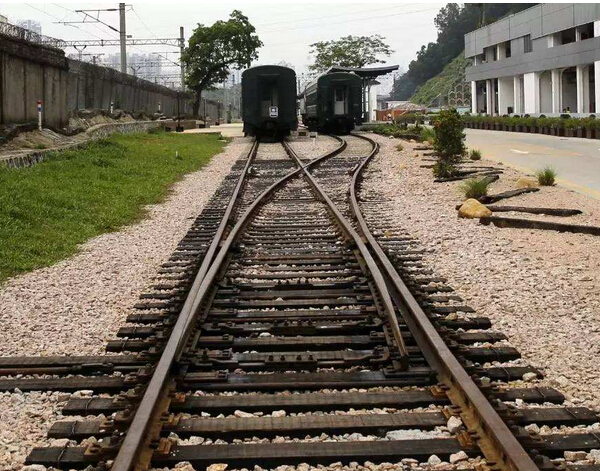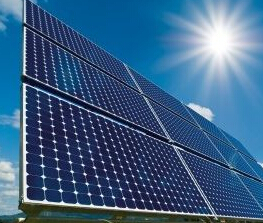
The UK Community Energy Southern and Network Railroad recently implemented the world's first solar rail line, which opened in August 2019 in Hampshire, England. Its production line now completely bypasses the national grid by taking power from about 100 solar panels. These solar panels will be responsible for all signal indications and lighting of the line. Obviously, this is the first time that a train track has been completely powered by a solar power plant.
Solar energy application
The current global environmental crisis requires all sectors to play their part in reducing emissions and limiting climate change.
In this regard, the railway industry has a relatively favorable starting point, accounting for only a small portion of global emissions, and is one of the most sustainable modes of transportation on the market. However, over time, the government is eager to reduce carbon emissions, and the industry's efforts to reduce emissions must begin to showcase the results of its hard work.
Numerous projects around the world have shown that carbon alternatives do exist, and they are equally efficient, from hydrogen trains to grid electrification, and ideas are now supported. With the world's first solar railway operating in the UK in August this year, solar energy is beginning to show great potential.。
However, although this technology has been successful in some parts of the world, it is not clear whether it can be applied to the entire country on a large scale.
How to achieve solar power generation?
Solar trains typically begin to move by placing photovoltaic panels near or on rail lines; they can generate enough power to trigger the traction current that will be distributed to the grid.
The importance of railway sleepers
The idea of installing solar panels on railway sleepers has also gained considerable appeal across the industry as it may allow solar photovoltaic power to operate over longer lines at relatively lower cost.
In the past few years, initiatives within this framework have begun to emerge. Since its launch in 2013 in Europe, with the support of Chinese and US partners, solar panels made of silicon and aluminum have been connected to railroad ties for many European and international networks. Although the company is still testing in 12 countries including Italy, France and the UK and overseas, the first solar panels have been installed on the Swiss railway track and a similar project is currently under way in Germany.
If the test proves to be successful, the technology could become a game-changer in the field because it can be extended to about 165 countries around the world and become the largest device on the market.
On the other hand, a series of solar sleepers in Italy are gaining momentum. These sleepers are made up of photovoltaic panels and some recyclable materials that help the recycling economy.
In general, the prospects for solar energy in the railway industry are undoubtedly bright, thanks to in-depth research and other joint efforts to decarbonize the railway. But are they enough to make solar energy the future of the railway? The certainty in this area is much lower, mainly because these projects are still in their infancy and the company will need several years to develop and implement.
The technology itself has some limitations because it usually requires a battery as a backing. Despite the introduction of more and more solar panel projects around the world in recent years, research is still limited to specific areas where local people and stakeholders have collaborated effectively.
















 RCCN WeChat QrCode
RCCN WeChat QrCode Mobile WebSite
Mobile WebSite






